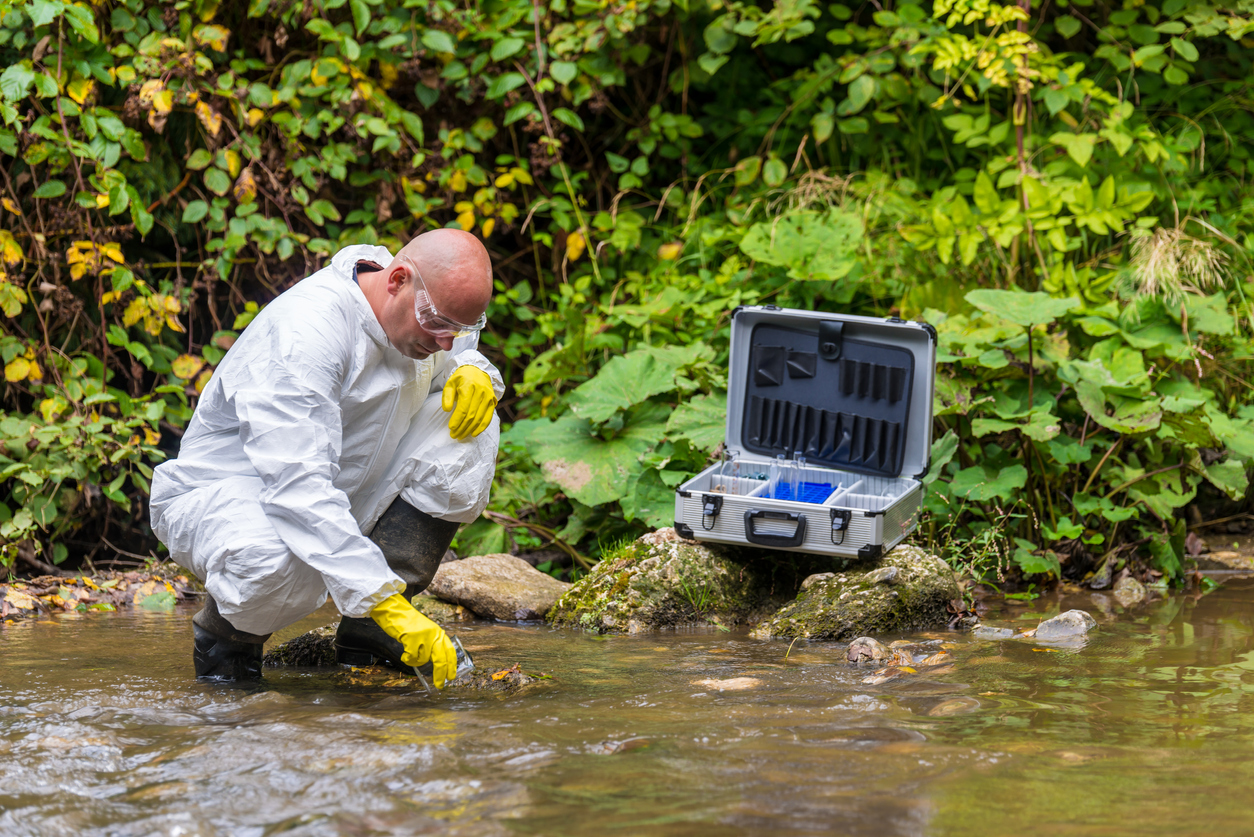EPA Acting Administrator Andrew Wheeler, in an interview with The Wall Street Journal ahead of the release of the proposal, said former President Obama’s rule wrongly included many bodies of water that don’t regularly flow into larger waterways.
The new EPA proposal, along with the current rule it seeks to replace, is designed to clarify the definition of “waters of the United States,” which the 1972 Clean Water Act stipulates should be regulated by the federal government. The Obama administration’s 2015 rule said if streams, wetlands or ditches have a significant impact on more major waterways, they fall under federal jurisdiction.
Mr. Wheeler’s proposal is for a rule that is more narrow in scope. “The Congress hasn’t told us to regulate all development across the entire country. They’ve told us to regulate navigable waters,” Mr. Wheeler said. “You have to draw a line.”
The change will appeal to some in the business world, and especially farming groups, who complained the Obama rule was so broad that it made it difficult to know when permits were needed. Restrictions regarding ditches and groundwater could easily end up restricting the way they use their land, said Don Parrish, director of regulatory relations for the American Farm Bureau Federation.
“If land is regulated as water, as the Obama administration tried to do, it impacts farmers not only on how they plow, but how deeply they can plow their ground,” Mr. Parrish said.
The Obama rule did provide exclusions for farmers, but Mr. Parrish said it still restricted some practices.
Environmental groups say the Trump administration’s proposed rule is a reinterpretation of the Clean Water Act that excludes many bodies of water that significantly impact important waterways. Jon Devine, director of water policy at the Natural Resources Defense Council, described the proposal as unscientific.
“The science clearly establishes that streams of all kinds, and wetlands in those streams’ floodplains, are critically important for downstream water quality,” Mr. Devine said.
President Trump started pushing for a narrower rule with an executive order soon after his election. The EPA tried to delay implementation of the Obama rule under former Administrator Scott Pruitt but a U.S. district court in South Carolina invalidated that delay in August. Currently, the Obama rule is in effect in more than half the country. Federal court injunctions have blocked in it 24 states.
The proposed new rule requires a 60-day public comment period before the agency begins drafting a final version. It excludes “ephemeral” wetlands or other bodies of water that only flow into a large body of water a few times a year, such as after a rainstorm, according to agency talking points. It also only considers surface water flows, eliminating underground streams or rivers in its determinations.
Mr. Wheeler said that removing these waters from federal regulation doesn’t mean they will be unprotected, noting that drinking-water regulations include some pollution controls and that states are free to regulate other bodies of water.
“We’re trying to have a federal, comprehensive waters-of-the-U.S. regulation—at the same time giving states flexibility on how they manage their waterways,” he said. The other goal, he said, was to “provide that certainty to the American public that they could stand on his or her property and determine for themselves whether or not it’s a federal waterway.”
That type of evaluation is a problem, said Brett Hartl, government affairs director for the Center for Biological Diversity.
“If you just kind of go on common sense as if that’s better than science, you’re going to go, ‘Well, that’s clearly not a river because I can’t see it,’” Mr. Hartl said. “But the river’s flowing right underneath your feet. Maybe it’s 10 feet down, maybe it’s 5 feet down, but it’s there.”
The proposed rule reflects a 2006 opinion by Supreme Court Justice Antonin Scalia saying federal protections should be limited to “navigable waters” and those that clearly contribute to them. The court split 4-4-1 on the case, with a majority of the court failing to decide on the exact interpretation on the “waters of the United States.”
Environmental groups are expected to sue if the EPA follows the Scalia opinion. “We will be sued, I’m sure,” Mr. Wheeler said. “But what we’ve tried to do is draft a proposal that will stand up in court.”













